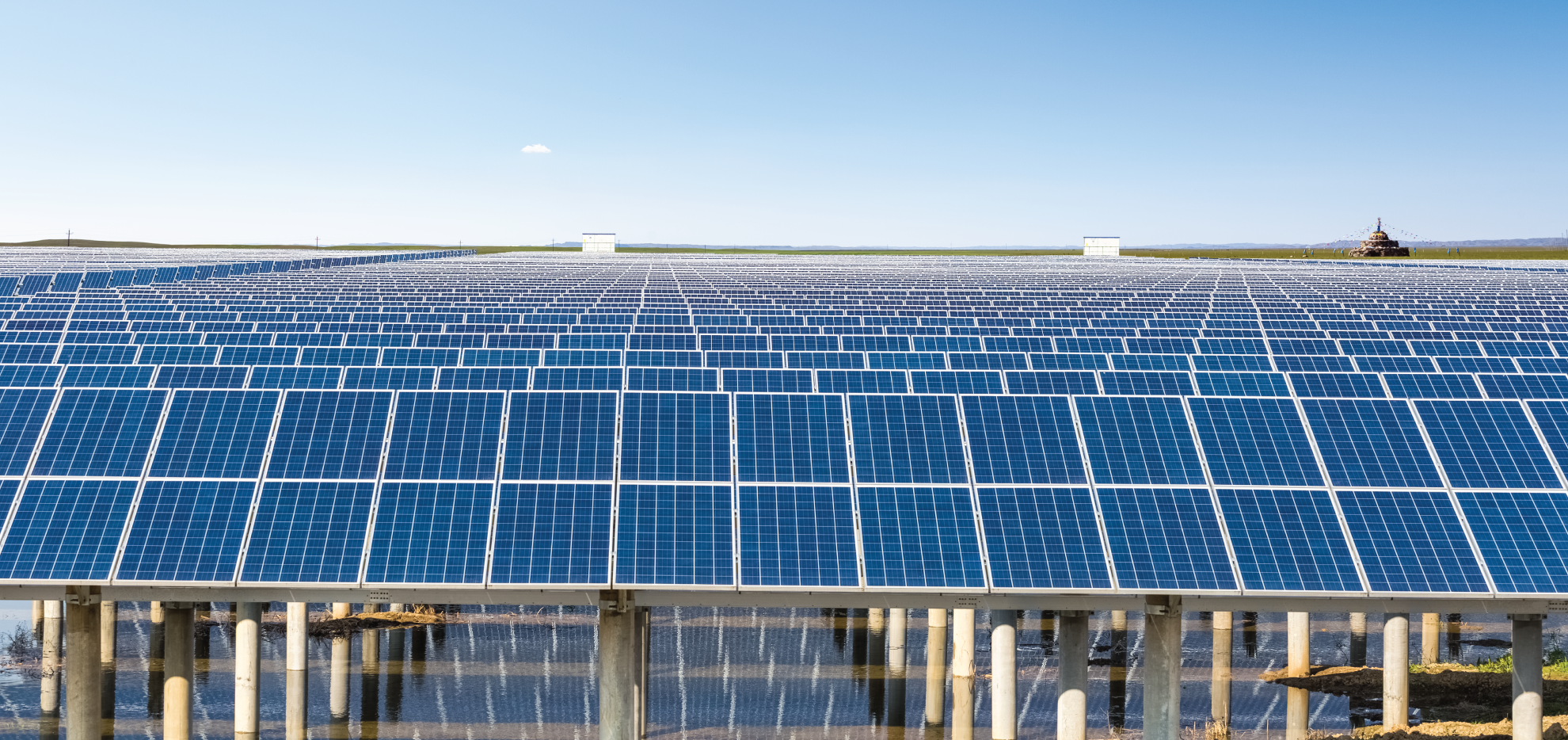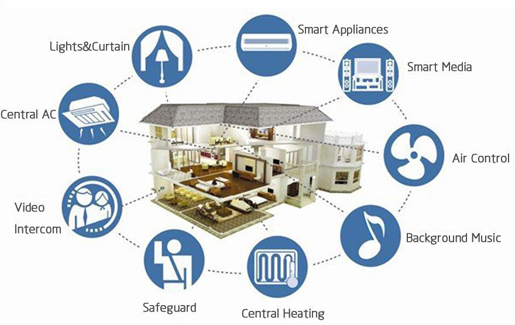Smart Grid in Smart Cities

A smart city is defined as a city equipped with intelligent infrastructure which provides improved quality of life with sustainable environment through smart built solutions. Smart cities demand for a reliable, energy efficient and quality power and thus smart grid becomes imperative.
The smart grid technologies which are deployed in smart cites include
– Distributed Generation
– Distribution system Automation
– Smart Homes
– Advanced metering infrastructure
– Energy Storage and grid integration
– Electric Vehicles and grid integration
Distributed Generation: Distributed generation sources include solar, wind, biomass and fuel cells which are closer to the end users. Distributed generation being close to the end users, it reduces the cost of transmission and distribution. Other benefits include modularity & flexibility, energy efficiency and emission reduction. In a smart city it will be possible that consumers having their own renewable generation source to sell the excess generation back to the utility. This will help utilities to manage the peak demand and reduce the need for building new high-voltage transmission lines.
Distribution System Automation enables real time monitoring and control of entire distribution system to maintain stability in the grid through centralised Master control centre. Distribution automation system (DAS) includes substation automation system, feeder level automation and customer level automation. Some of the DAS applications relevant to smart cities are outage time management system, voltage regulation, fault isolation and sectionalisation, load management, demand side management.,etc.
Smart Home – Smart home is equipped with smart and intelligent appliances which can communicate with each other such that day to day household activities are automated without much manual intervention. They also enable remote control and monitoring of the appliances from anywhere using mobile phone or any other internet connected device.
Some of the features of a smart home are
Lighting: Automatic light control based on a time cycle or based on occupancy sensor, brightness control, remote control of lights through Wifi or internet.
HVAC: Remote control of the building’s heating and air conditioning systems through Internet-controlled thermostat.
Audio Visual: Selection of audio/video to every/any room as per user’s choice, remote control through mobile phone, music linked with lighting to provide mood setting. etc
Security system integrated with home automation system provides remote surveillance of
security cameras, central locking of all perimeter doors and windows, detection of
unauthorized movement through motion sensors and notification alert to the users via cell
phone.
A typical smart home system features is illustrated in the diagram below.
Advanced metering infrastructure (AMI) enables two way communication between utilities
and consumers through integration of smart meters and communication networks. Accurate
measurement, automatic identification of unmetered connections, instant alarm in case of
meter tamper detection, reduced line losses due to reduced maximum demand are some of
the features of AMI in smart cities.
Energy Storage: Renewable energy coupled with energy storage can provide reliable and
quality power to smart city. The surplus energy that is generated from renewable sources,
such as solar or wind is stored and used later when the demand is high thus reducing the
maximum demand of the smart city…Battery energy storage is well proven and would be the
most suitable technology for smart cities due to its easy integration. Some of the applications
relevant to Smart cities are peak shaving, renewable energy time shift, grid regulation and
micro grid.
Electric Vehicle – Electric Vehicle (EV) derives all or part of the energy required from
electric grid with electrical energy stored in battery for propulsion. Some of key merits of
EVs are simple construction, low maintenance, no emission and thus protects environment,
low noise and more efficient.
Government of India’s goal is to achieve 30% EV by 2030. In Smart cities, smart
transportation with reduced emission is one of the key objectives to be met. Thus
electrification of personal vehicles, fleet and public transport is essential and many initiatives
are in progress such as conversion of public transportation to electric vehicles, building
charging infrastructure, deploying E auto-rikshaws, etc
TCE is executing a number of smart city projects offering various services including
preparation of feasibility study and DPR, basic engineering, detailed engineering,
specification preparation, support services for tendering and contract award, review
engineering , project management & coordination, inspection & expediting, construction
supervision and commissioning support.







